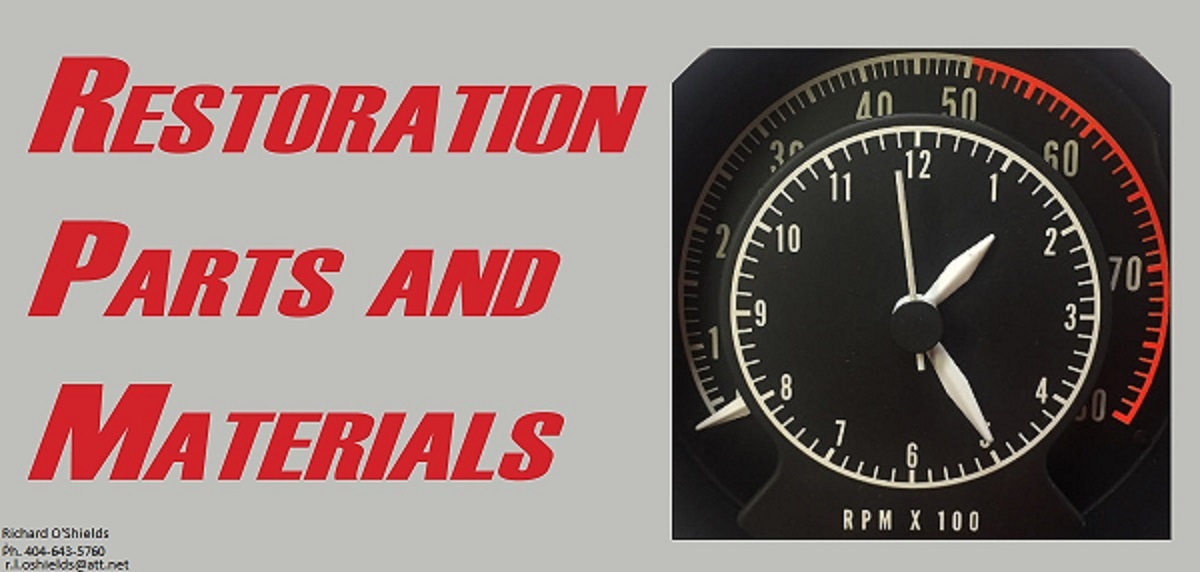Fender Tag

You are using an out of date browser. It may not display this or other websites correctly.
You should upgrade or use an alternative browser.
You should upgrade or use an alternative browser.
1977 New Yorker
- Thread starter carrman
- Start date
- Status
- Not open for further replies.
carrman
Senior Member
That's a shame. Wish I would have known you wanted to come, I would have looked it over more thoroughly for you. There's another one around here with a 440 in it, been on the lot for years, and it's got rust peeking through in places.
Carrman, No problem, good day for a drive. They used hose clamps to secure the A/C high side hose from the compressor to condenser. I wouldn't have got close to that hose when they charged the system!
Thanks,
Thanks,
Nice Job on A/C hoses


carrman
Senior Member
Mr C
Senior Member
I can go down and get the hood opened to see if it's a big block or small, but when it comes to telling a B from an RB I'll be a bit lost.
A real easy way to tell a B from an RB engine...
http://www.newyorkeronline.org/m-r/engine/400vs440/index.htm
In '77, you got the 440 standard, and the 400 was optional. I don't believe the 360 was a New Yorker option in 1977, but I might be incorrect. Anyone have a '77 order form or dealer brochure?
I'm sure the seller was too damn lazy to bother changing the engine indication in the ad. Everything he sells is probably 350-powered; i.e. Chevy.
More than likely a the 440 or 400 like Patrick says lazy seller
It has a two hitch but that don't mean everything
I can go down and get the hood opened to see if it's a big block or small, but when it comes to telling a B from an RB I'll be a bit lost.
measure the distance between the valve-covers side to side of whichever BB you have handy for comparison and take your tape w/ you
or you could just check the VINs_dancing2:
In 1977, 440 standard, 400 and 360 are optional motors.
This one is a E64 400.
1978 NY'ers had the 400 standard with a 440 and a 360 as optional motors.
No fender skirts.........$2500
It is a great buy at $2500.
Minimal rust, looks like the roof rail seals are in great shape. Fender skirts might be in the trunk.
Nice Job on A/C hoses
A couple of hundred bucks and any hydraulic shop can rebuild them. They last another 40 years. I had mine done in Delaware.
www.benzhydraulics.com


ALL_I_CAN_C
Member
In 1977, 440 standard, 400 and 360 are optional motors.
This one is a E64 400.
1978 NY'ers had the 400 standard with a 440 and a 360 as optional motors.
Except for high altitude areas. In 77, all high altitude areas, the 360 was standard with the 400 & 440 being an option. I know this because my 77 from Colorado had the paperwork.
davidwhitney
New Member
The absolute easiest way to tell a B from an RB:
He neglects to mention the B engine stamp is on a diagonal and the RB engine stamp is completely horizontal. If it's flat it's a 440.
| [FONT=verdana, arial, helvetica]On "RB" engines the cubic inch displacement is stamped on a pad located at the front of the block. "B" engines have a similar pad located on the right side of the block near the base of the distributor.[/FONT] |
The absolute easiest way to tell a B from an RB:
He neglects to mention the B engine stamp is on a diagonal and the RB engine stamp is completely horizontal. If it's flat it's a 440.
On "RB" engines the cubic inch displacement is stamped on a pad located at the front of the block. "B" engines have a similar pad located on the right side of the block near the base of the distributor.
This is actually pretty handy
As you can see on the left, the B has a lower deck than the RB on the right. The RB also has some kind of bead or web on the corner.

commando1
Old Man with a Hat
That's the way I do it.This is actually pretty handy

- Status
- Not open for further replies.
Similar threads
- Replies
- 5
- Views
- 570
- Locked
- Replies
- 14
- Views
- 1K
- Replies
- 1
- Views
- 475
- Replies
- 2
- Views
- 1K
- Replies
- 2
- Views
- 958

















